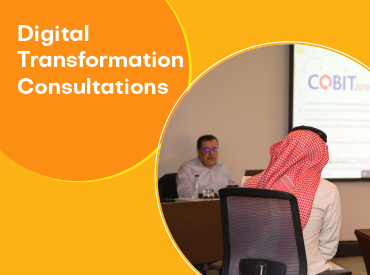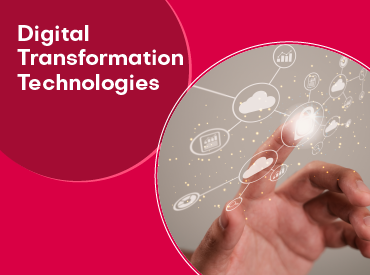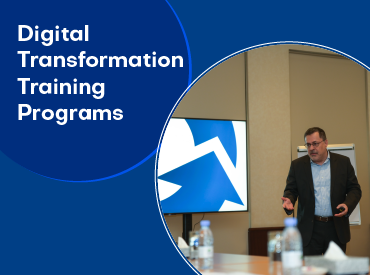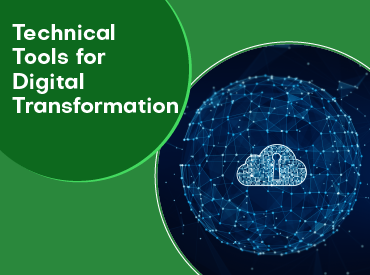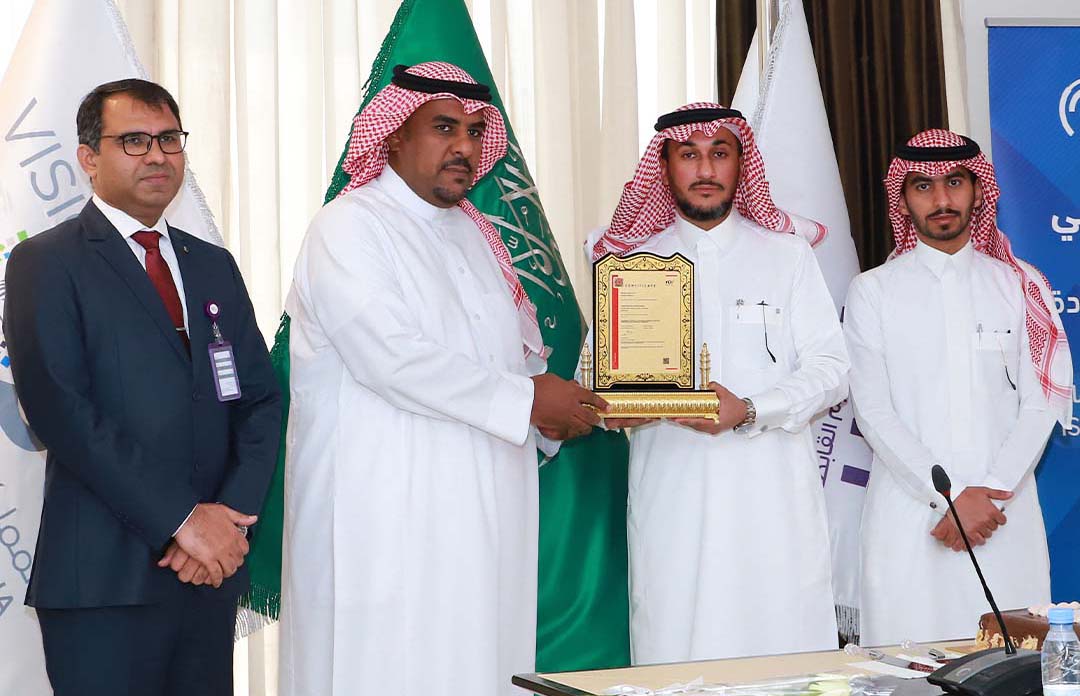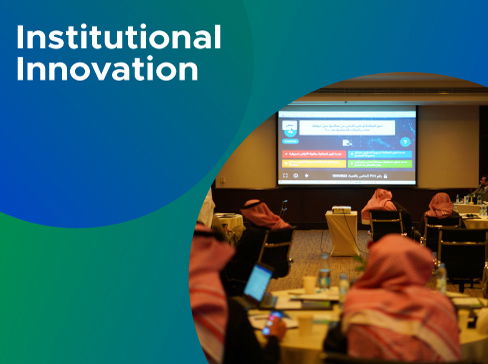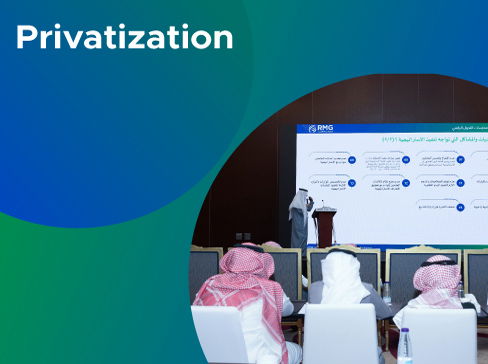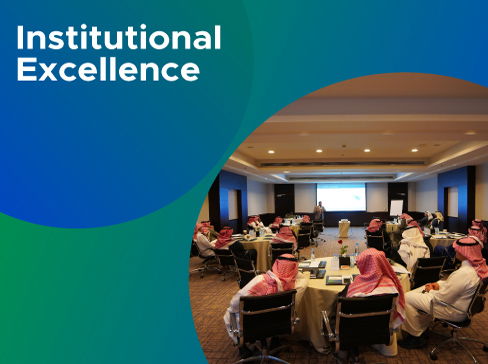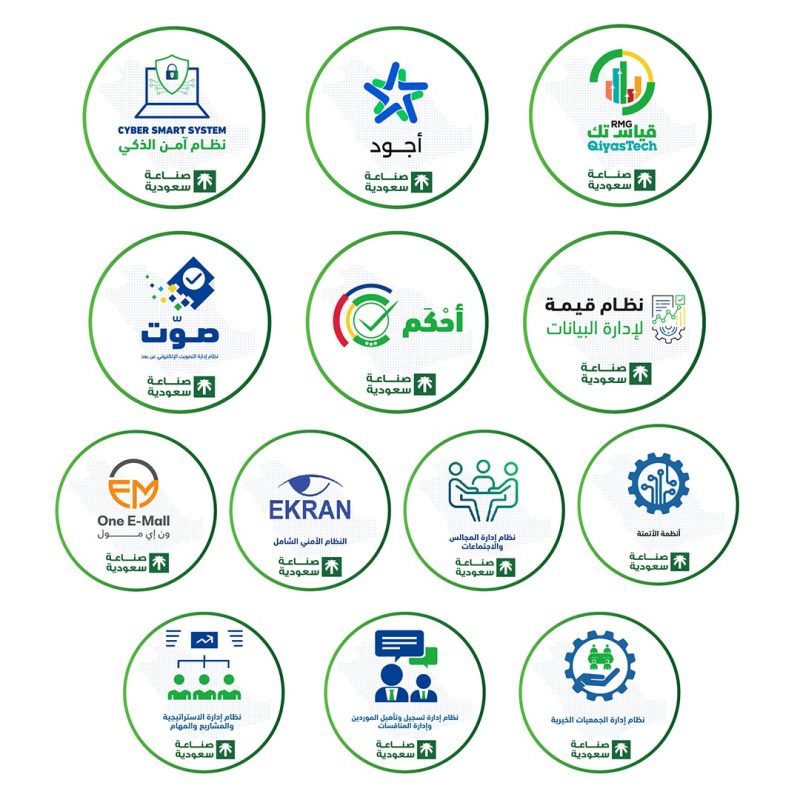Understanding the Capability Maturity Model Integration (CMMI): A Roadmap for Organizational Improvement
Understanding the Capability Maturity Model Integration (CMMI): A Roadmap for Organizational Improvement
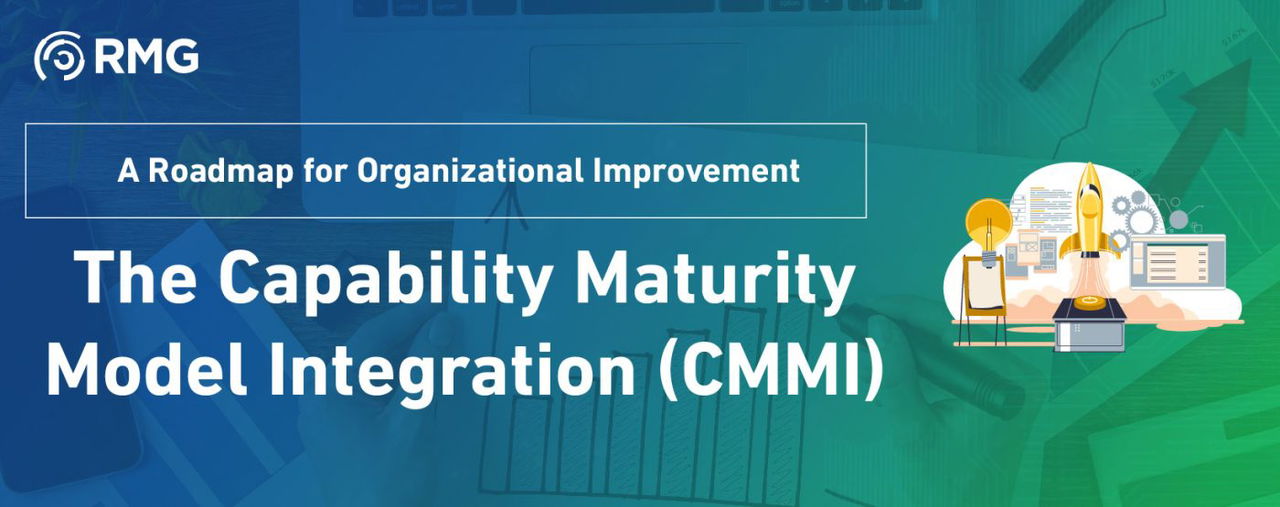
What is CMMI?
The Capability Maturity Model Integration (CMMI) is a process improvement framework that provides organizations with the essential elements to manage their processes effectively. Developed by the Software Engineering Institute (SEI) at Carnegie Mellon University, CMMI aims to help organizations improve their processes, reduce risks, and enhance overall performance. This comprehensive model offers a means to assess and improve institutional processes, boosting efficiency and quality.
CMMI can enhance the performance of organizations and projects. For over 25 years, it has proven effective in commercial and government sectors worldwide. It is an integrated framework of best practices that sustain organizational performance by improving quality, profitability, productivity, cybersecurity resilience, and competitiveness.
This model is not strictly prescriptive; it outlines what needs to be done to enhance an organization’s capabilities but does not specify how to do it, making it highly flexible to meet the needs of each business.
Furthermore, CMMI enhances performance improvements when used alongside other models and standards.
CMMI helps organizations establish processes aligned with business goals and improve performance in critical areas. The model covers various domains and perspectives, allowing organizations to select the capability areas, practice areas, or domains most relevant to their operations.
For example, organizations that adhere to security regulations can choose the security domain or capability area related to security and safety management. For achieving the best results, these areas should be fully integrated into performance improvement initiatives, becoming a core part of institutional activities such as program plans and process assets.
Incorporating these aspects should not be seen as an afterthought, like adding security to a checklist or merely involving a security representative in meetings.
Overall, CMMI integrates domains like security within broader CMMI domains such as “doing,” “managing,” “enabling,” and “improving” processes.
What does the CMMI Performance Solutions System consist of?
The CMMI Performance Solutions System is composed of five main components. This integrated suite of products provides a clear and proven path to help you achieve your business objectives when used together.
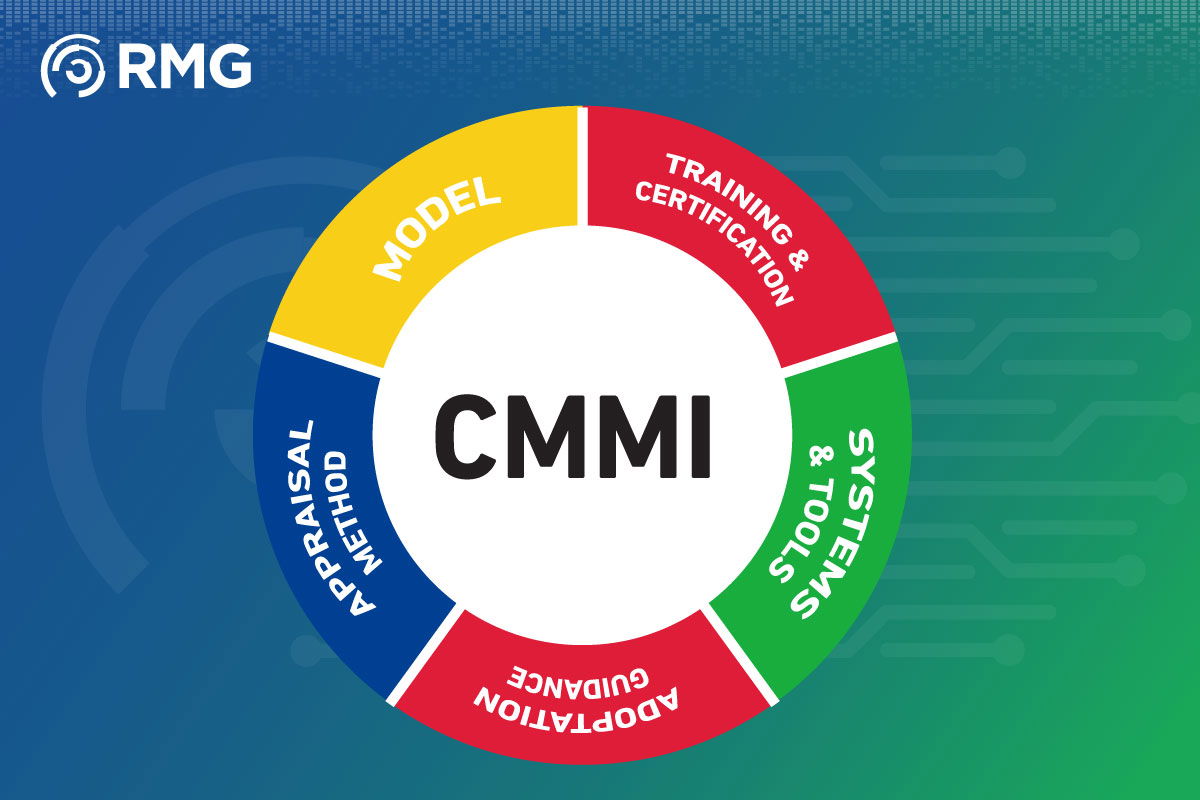
Model: Provides a clear path for performance improvement, designed for quick implementation. It includes valuable embedded data for practice areas focused on performance development.
Appraisal Method: This method enhances the reliability of appraisals while reducing overhead costs and disruptions for the organization. It also features a standardized performance report template from the appraisal process.
Training & Certification: The training consists of essential components available in both virtual and in-person formats, offering content and exercises focused on performance and aligned with learning objectives.
Systems & Tools: This system provides an interactive user experience with resources for the model, appraisal method, and performance reports.
Adoption Guidance: Simplifies the onboarding process for new users to start using CMMI effectively.
In addition to these components, ISACA offers several resources to support the CMMI model adoption. The adoption guide follows the core categories of the CMMI model: “Doing,” “Managing,” “Enabling,” and “Improving” as part of its six-step approach.
What are the categories and capability areas in CMMI?
The main CMMI categories include a range of capability areas designed to meet the needs of various organizations.
These categories provide a comprehensive framework for improving performance across different operations:
Doing
Focuses on the core activities that must be undertaken to achieve their goals.
Managing
Involves managing processes and resources effectively to ensure objectives are met.
Enabling
Includes the tools and techniques that support processes and contribute to improving efficiency and productivity.
Improving
Focuses on process development and outcomes based on feedback and data.

Categories, Capability Areas, and Practice Areas
Under each category, there are specific capability areas related to the detailed application of CMMI in some fields. These areas help organizations tailor their performance improvement strategies to meet their needs.
These categories and areas guide organizations toward achieving operational excellence and improving performance.
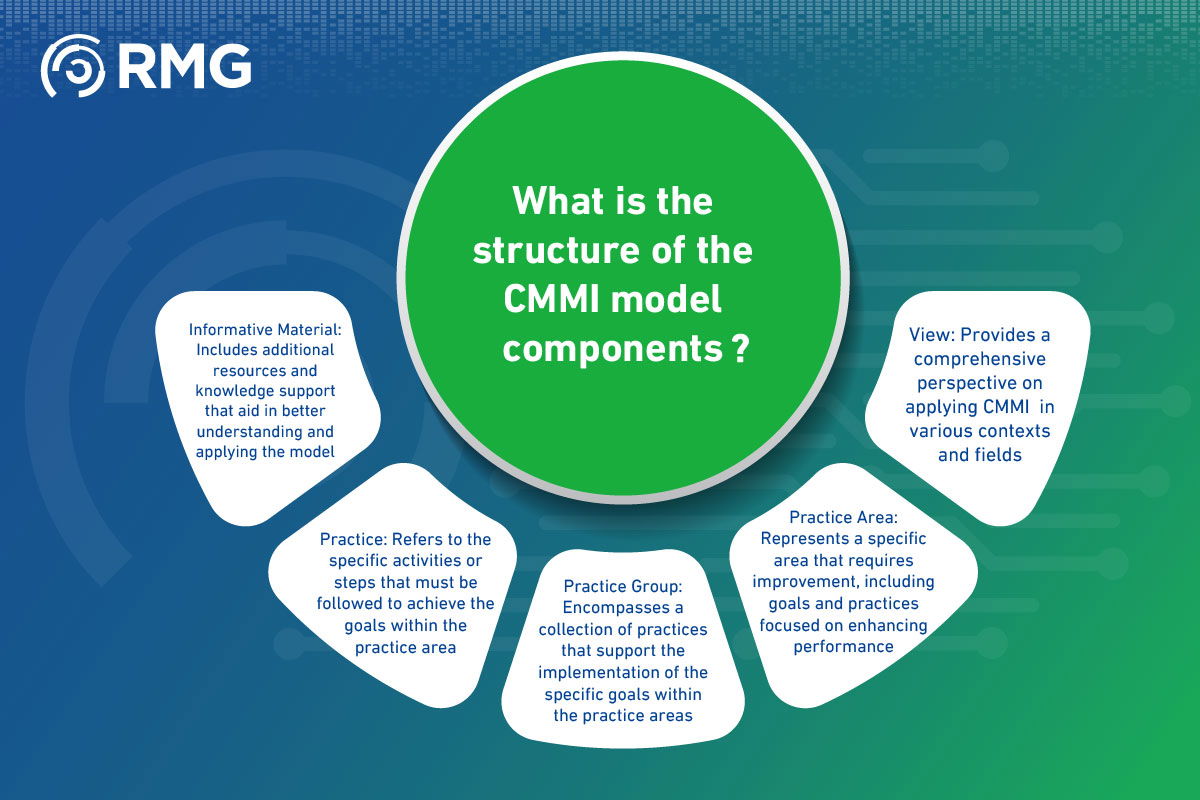
What is the structure of the CMMI model components?
The CMMI model includes Practice Areas (PAs) and consists of five main components:
- View: Provides a comprehensive perspective on applying CMMI in various contexts and fields.
- Practice Area: Represents a specific area that requires improvement, including goals and practices focused on enhancing performance.
- Practice Group: Encompasses a collection of practices that support the implementation of the specific goals within the practice areas.
- Practice: Refers to the specific activities or steps that must be followed to achieve the goals within the practice area.
- Informative Material: Includes additional resources and knowledge support that aid in better understanding and applying the model.
This structure enhances an organization’s ability to use the CMMI model to improve its processes and overall performance.
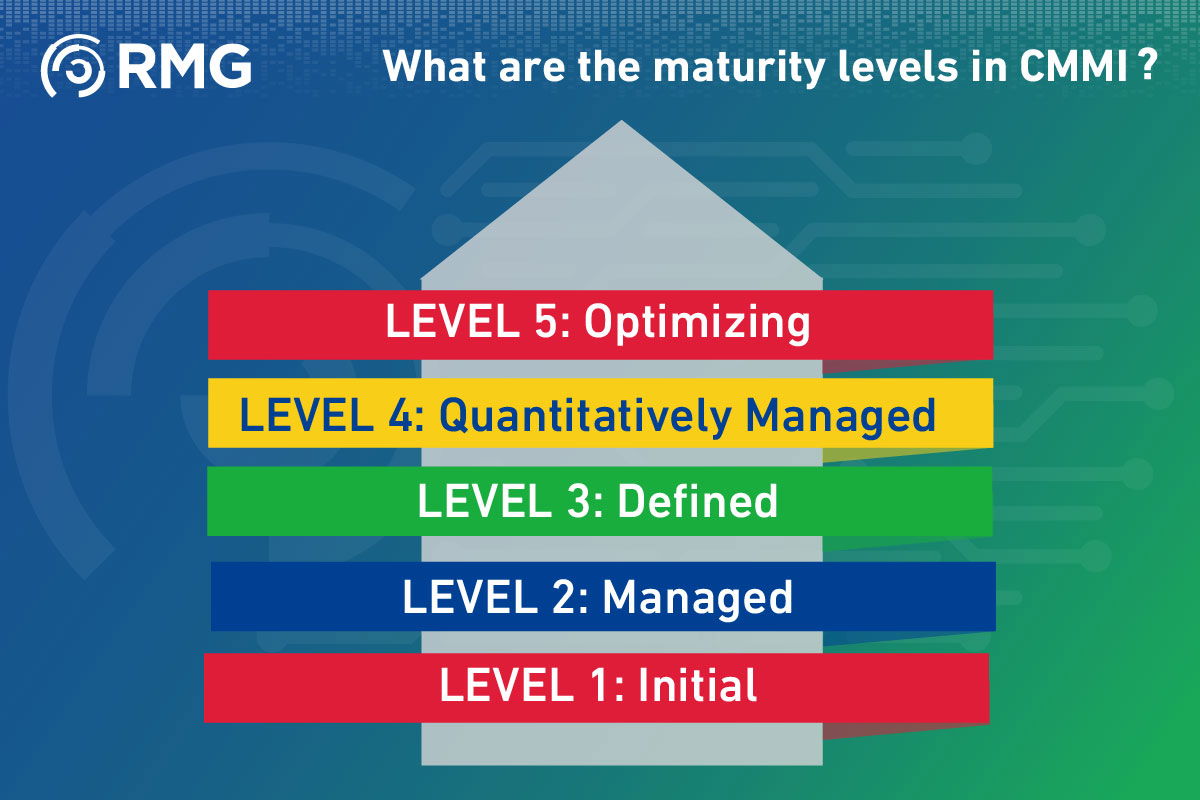
What are the maturity levels in CMMI?
The CMMI framework is built around five fundamental and comprehensive maturity levels, representing the degree of stability and improvement in an organization’s processes:
- Level 1: Initial
At this stage, processes are often unorganized and unpredictable. Success relies on individual efforts, and there is little focus on process consistency. Organizations at this level face high risks due to a lack of standardized processes.
- Level 2: Managed
Processes become more organized and repeatable. The critical areas of project management and planning, but some issues may persist. Organizations begin tracking performance, although process improvements are not fully implemented yet.
- Level 3: Defined
At this level, processes are standardized and documented across the organization. There is a clear understanding of what needs to be done and how to increase consistency. Organizations begin to implement process improvements.
- Level 4: Quantitatively Managed
Processes are measured and controlled using quantitative data. Decisions are based on objective metrics, resulting in process improvements and increased predictability. Risk management becomes more precise.
- Level 5: Optimizing
The focus at this level is on continuous process improvement. Organizations consistently enhance their processes based on feedback and data analysis. Innovative solutions are encouraged, and developments are systematically implemented across all areas.
What is the right area for you in CMMI?
CMMI is a single model that includes multiple tailored areas that can be applied to different business environments, allowing organizations to shape the model’s vision to suit their specific needs for performance improvement.
The available areas include:
- Development
- Services
- Suppliers
- Virtual
- Data
- People
- Safety
- Security
Each organization can select the most suitable area to improve its performance based on its requirements and goals.
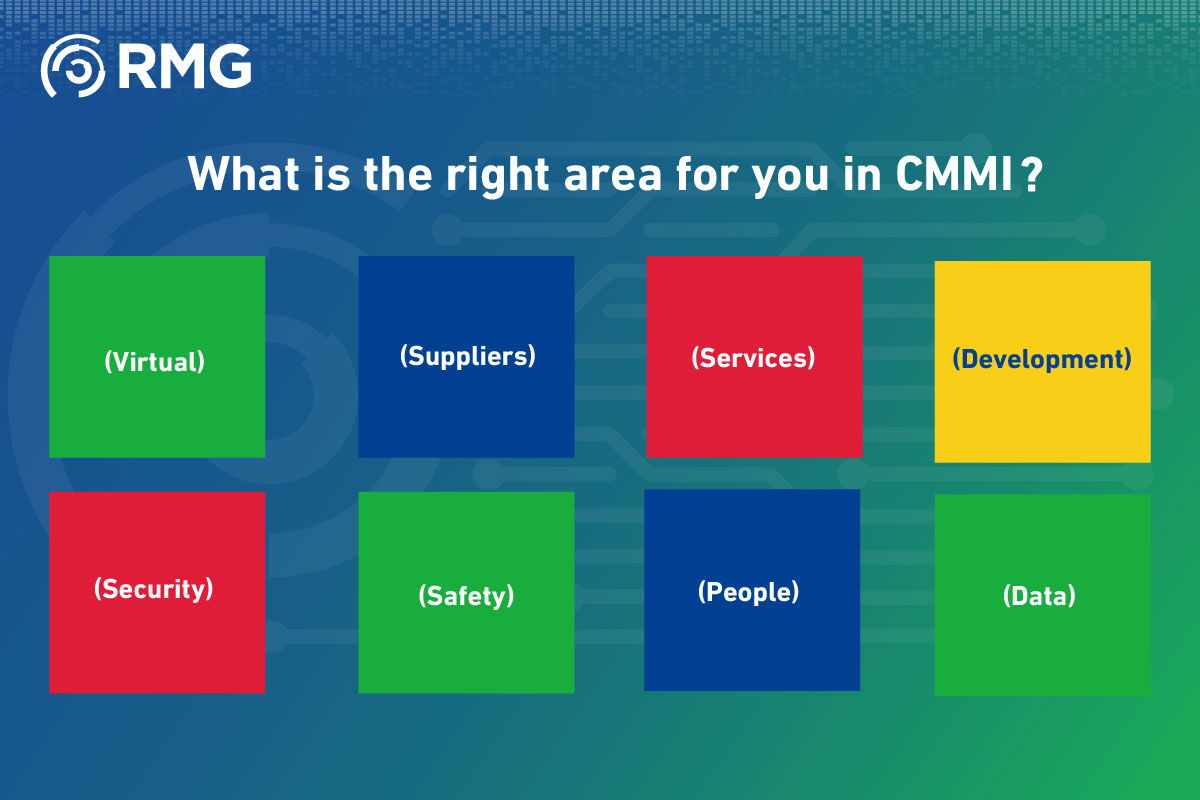
What are the benefits of applying CMMI for organizations?
The CMMI model enables organizations to quickly assess their capabilities and performance levels, whether for their specific goals or in comparison with other organizations.
When organizations do not fully achieve their business goals, CMMI practices provide a systematic path to improve performance and better align it with business needs, thus meeting customer requirements.
The need for improvement may arise from internal or external factors. Customers may demand enhancements, market forces push organizations to increase competitiveness, or government and industry regulations may require operational changes.
Instead of using multiple approaches to achieve performance goals and contractual, or regulatory compliance, CMMI provides a unified framework to address these diverse needs.
CMMI helps organizations achieve numerous benefits, including.
1-A positive return on investments in performance and process improvement.
2-The ability to consistently meet commitments, leading to:
- Delivering projects on time.
- Reducing last-minute crises.
- Better cost control.
- Overall quality improvement.
2-Enhanced management visibility, enabling:
- Faster response to emerging issues.
- Quicker risk mitigation.
- Reduced unexpected challenges.
- Fewer customer complaints.
- Less rework.
- Lower employee turnover.
- Deliver solutions that align more effectively with customer needs and expectations.
3-Improved organizational capability for growth, flexibility, and responsiveness through:
- A comprehensive, multi-dimensional view of various capabilities.
- A performance-driven, results-oriented approach to processes.
- Flexibility in adapting processes to meet evolving requirements and challenges, such as cybersecurity.
- The ability to customize processes at both project and organizational levels to meet unique customer needs.
Which organizations should implement CMMI?
CMMI is beneficial for a wide range of organizations, especially in the following sectors:
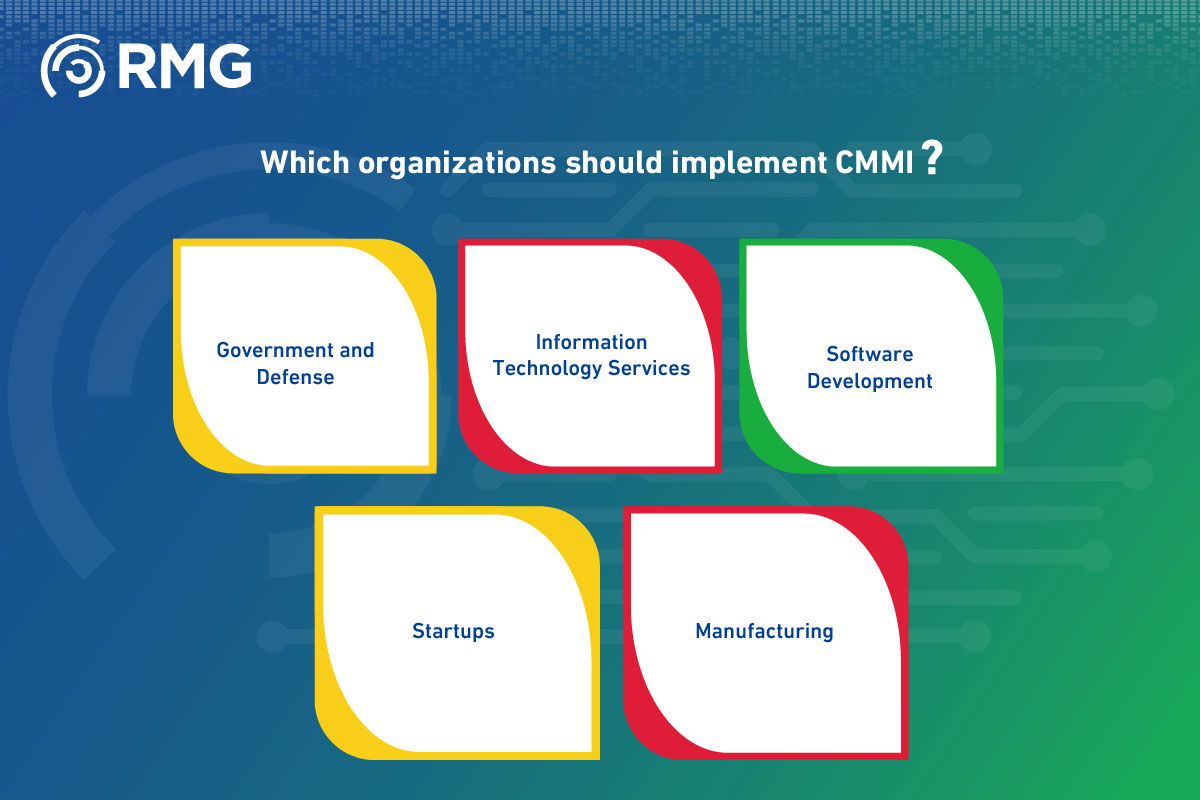
Software Development
Companies involved in software design and development can significantly benefit from CMMI-DEV to improve their development processes.
Information Technology Services
IT services Companies providers can apply CMMI-SVC to enhance service delivery and management.
Government and Defense
Agencies and contractors in this sector can use CMMI to improve project management and deliver more effective services.
Manufacturing
Companies in the manufacturing sector can apply CMMI principles to improve product quality and production efficiency.
Startups
Startups can adopt CMMI practices early to establish a strong foundation for future growth.
What is the roadmap for implementing CMMI?
Implementing CMMI requires the following several organized steps:
Awareness and Training
Start by educating the team about CMMI principles and benefits and provide training sessions to ensure all employees understand the model.
Assessment and Gap Analysis
Compare current processes with CMMI best practices to identify gaps and areas needing improvement and determine strengths and weaknesses.
Defining an Improvement Plan
Develop a detailed plan outlining objectives, timelines, and resources needed to achieve compliance with CMMI.
Process Redesign
Redesign processes based on CMMI guidelines and involve stakeholders to ensure support and endorsement for changes.
Implementation
Apply the new processes while ensuring all employees are trained and provided with the necessary tools to execute them.
Monitoring and Measurement
Continuously monitor the effectiveness of the new processes using predefined metrics to identify areas needing further improvement.
Review and Adjustment
Regularly review processes to ensure they remain aligned with CMMI practices and make necessary adjustments based on feedback and the organization's evolving needs.
Formal CMMI Assessment
Conduct a formal CMMI assessment to evaluate official compliance.
Conclusion
The Capability Maturity Model Integration (CMMI) is a powerful strategic tool that enhances organizational performance and achieves sustainable results across various sectors.
With its diverse structure that includes categories, capability areas, and practice areas, CMMI provides a comprehensive framework that helps organizations improve their processes, increase efficiency, and enhance the quality of their products and services.
The benefits of implementing CMMI include improving operational efficiency, reducing risks, and enhancing competitive advantage in changing markets. It also enables organizations to adapt their practices to meet their specific needs and achieve their goals.
, organizations can progress toward achieving institutional maturity and operational excellence by adopting systematic steps such as awareness, assessment, and process redesign.
Moreover, CMMI demonstrates flexibility in adapting to other industry standards, making it an ideal tool for addressing increasing cybersecurity and risk management challenges.
Ultimately, CMMI is not just a model for implementing practices but a journey toward continuous improvement that achieves institutional excellence in all aspects of work.
By committing to implementing CMMI, organizations can enhance their competitive capabilities and achieve sustainable growth in a dynamic and ever-changing work environment.
CMMI is a strategic tool for organizations looking to improve their processes and enhance their overall performance. By applying this framework, organizations can achieve higher efficiency, quality, and risk management, leading to better competitive advantage and sustainable growth.
Whether an organization operates in software development, services, or manufacturing, CMMI can play a pivotal role in achieving long-term institutional excellence.
Why are we the best choice for you?
At RMG, we stand out with our deep expertise in implementing the CMMI model across various business sectors.
What makes us the best choice for providing tailored consulting that precisely meets your organization’s needs? When you choose RMG, you are not just hiring a service provider;
You are entering into a partnership with a team of professional experts focused on driving your success. We excel in the following areas:
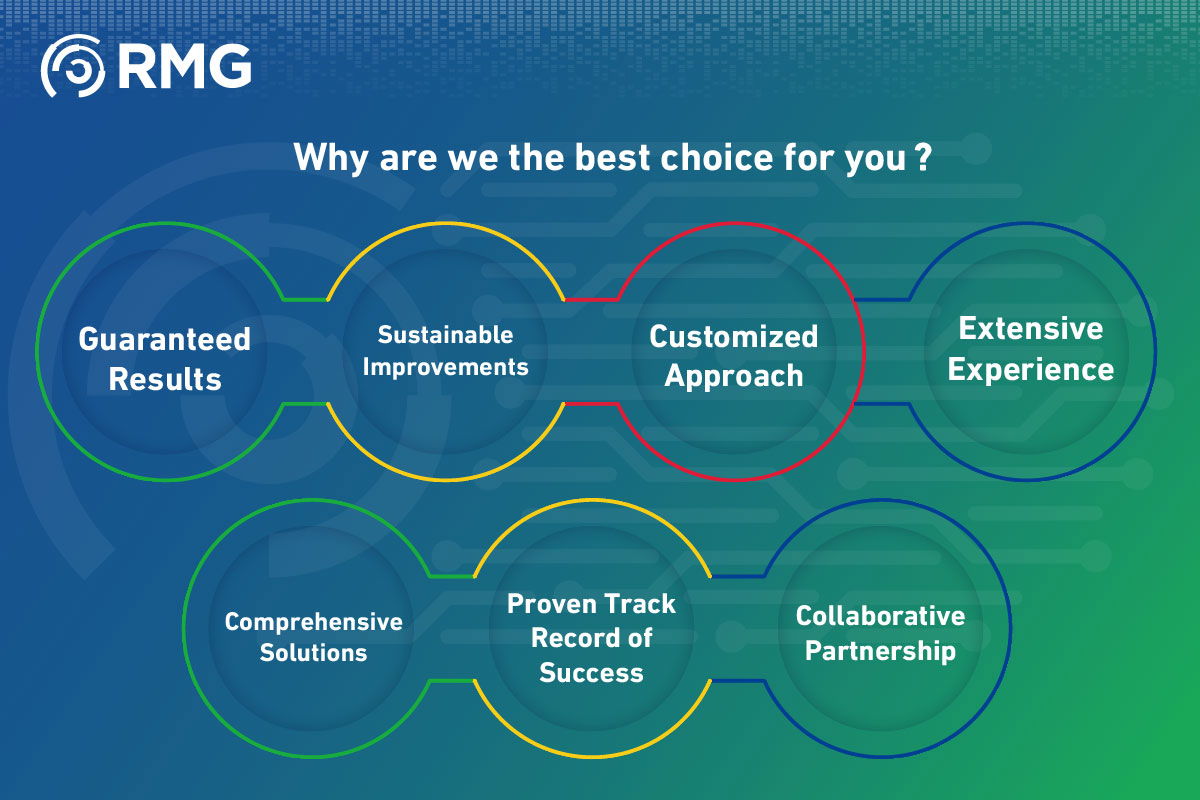
Extensive Experience
With years of in-depth knowledge in this field, we provide unparalleled expertise in every project we undertake. Our consultants have a proven track record of implementing CMMI across multiple industries.
Customized Approach
We adapt the model to align with your goals and requirements.
Sustainable Improvements
We focus on delivering solutions that support continuous improvement, not just compliance.
Guaranteed Results
We employ a results-driven methodology to enhance performance and increase competitiveness.
Collaborative Partnership
We prioritize close collaboration and transparent communication, working as an integral part of your team to ensure the achievement of shared goals and mutual success.
Proven Track Record of Success
Our results speak for themselves. We have helped numerous clients achieve their strategic objectives and tangible business outcomes.
Comprehensive Solutions
From strategy formulation to implementation and continuous improvement, we provide full support at every stage of your journey.

We are here to assist you in obtaining CMMI certification and building robust processes that enhance your organization's growth and achieve sustainable operational excellence.



